The Biggest Future NFTs Trends Everyone Needs To Know About
7 February 2022
It seems strange to think that this time last year, most people hadn’t even heard of NFTs. In 2021, they took the art world by storm, with pieces like The Merge and Beeple’s The First 5000 Days selling for tens of millions of dollars.
Of course, they remain a controversial topic. Some claim that the energy usage and carbon emissions connected with their use offset any potential benefit they might have. At least one company backtracked out of plans to become involved in the trend following negative reception to the news from their customers.

Many others, however, are confident that they bring value and innovation to a number of different industries, from obvious ones such as gaming and anything involving the metaverse to less obvious use cases such as real estate, healthcare, and insurance.
While so far, most of what we have seen in the NFT space has been related to art and selling artwork, we are likely to see many more uses for the technology in years to come. Here’s a look at some of the areas where exciting work is underway.
First – what is an NFT?
NFT stands for non-fungible token. Collins dictionary – which picked the phrase as its word of the year for 2021 – defines an NFT as “a unique digital certificate, registered in a blockchain, that is used to record ownership of an asset such as an artwork or collectible.”
Leaving aside the technical details, an easy way to think about it is a digital certificate of ownership that, because it is stored on an encrypted, distributed database (a blockchain), cannot be forged, tampered with, or altered by anyone apart from its owner. This means they can be used as a theoretically fool proof method of creating scarcity (and hence value) for an otherwise infinitely-replicable piece of digital information. The information it represents could be a piece of digital art, music, a piece of clothing or item to wear in a game, the keys to a virtual reality house – potentially anything that someone might want to be unique.
NFTs and the metaverse
The metaverse is a hot topic in technology circles right now, and definitions differ according to who you ask. Generally speaking, though, it refers to a connected, persistent digital ecosystem that is more immersive than the existing internet – perhaps involving virtual reality (VR). The metaverse will let us work, play, socialize, travel, and educate ourselves within a consistent digital environment. It has been called a trillion-dollar business opportunity and “the biggest disruptor to how we live our lives, ever seen.”
NFTs will play a number of important roles in the virtual worlds that will make up the metaverse. Firstly, they enable digital items to be unique. We all know that people in the real world like collecting and showing off rare and unique things, and there’s no reason to think the virtual world will be any different! It’s already possible to buy unique artwork to display in your virtual reality art gallery. Similarly, Nike recently sold 600 pairs of shoes as NFTs – making itself over $3 million in the process. In reality, these were actually just pictures of shoes that can only be looked at. In the future, it’s likely that they will be functioning virtual shoes that can be worn by our avatars as we go about our digital lives. Think of it as being able to kit out your character in a video game in one-of-a-kind clothing that no one else can own. After all, there’s no reason to think that anyone’s ego will be any smaller in the metaverse than it is in the real world.
NFTs and the internet of things
It’s estimated that by 2030 there could be more than 125 billion connected devices in the world. This huge network of computers, vehicles, appliances, wearables, industrial machinery, and many other items is what we mean when we talk about the internet of things (IoT) – and many think that NFTs have an important role to play.
Much of the communication that takes place on the IoT is made up of machine-to-machine (M2M) communications. Think of the smartphone technology that you may well have in your own home; for example – devices like smart light bulbs, refrigerators, and AI voice assistants are all capable of communicating with each other. In a smart factory or warehouse, the same thing happens but at a far greater scale, as hundreds or thousands of machines all communicate and exchange data to keep the business running. NFTs are potentially useful here because they allow machines to authenticate the data that is coming in from other machines. Basically, this is the digital equivalent of a warehouse manager checking the paperwork when they take delivery of a container load of inventory.
Ideas like this as already being put into operation today – cybersecurity specialists WISeKey uses semiconductors implanted onto physical network infrastructure that automatically mint NFTs in order to certify that the device is trustworthy.
Another initiative is looking at connecting NFTs with city infrastructure assets such as street lamps, bus shelters, and traffic lights. Here, the tokens would enable accurate data from these devices to be made available for commercialization by companies looking to develop new services, such as communications companies.
NFTs in healthcare
Advocates for the use of NFT technology in the healthcare space point to the fact that it could one day potentially help individuals to take control of their own health data. It could even let them make money from it.
Personal healthcare data is bought and sold all the time, generating vast amounts of value. However, very little of that goes to the person who really owns the data – the patient themself. Today, it’s easier than ever to generate and collect health data, thanks to the availability of wearables, monitors, and sensors. Even genomic information is cheapy accessible, thanks to services that let individuals map and analyze their own DNA information. Many of us have no idea where the information generated every time we use a device or interact with a service is ending up. In fact, it turns out that much of this information will probably eventually make its way to the black market – where an individual healthcare record is said to be around $250. Yes, even criminals are making more money from our health data than we are.
NFTs allow information to be tagged with data, which means it can be tracked whenever it is passed on. Not only does this mean better oversight of where our information ends up, it means one day we could potentially take advantage of the smart contract capabilities of NFT and blockchain technology to ensure we are paid the royalties we are due every time our data is passed on.
That’s the theory, anyway – and companies such as Aimedis.io are already exploring ways of making it a reality. But regardless of whether we will one day be able to claim our share of the billions that are generated through the sale of health data, NFTs could potentially bring transparency and accountability to the transfer of this highly sensitive information, and that alone has to be a good thing!
Fad or the future?
Of course, for every person proclaiming that NFTs are the future of any (or all) enterprises and fields of human endeavor, there is another saying it is simply a faddish flash-in-the-pan that will quickly be forgotten about. The truth is that no one knows for sure what the future holds. However, it's undeniable that a lot of big players are investing heavily in the technology, and there's clearly a firm belief, among some very smart and well-resourced people, that it will have a role to play in our futures. Certainly, there are pressing issues that need to be addressed – it would be morally wrong to simply ignore the astronomical energy use involved. But at the same time, the technology is potentially too transformative to be written off or ignored.
Related Articles
Will Generative AI Help Us Solve The Climate Crisis (Or Will It Make It Worse)?
You might be surprised to learn that AI is already proving to be a powerful weapon in the fight against climate change.[...]
13 Ways Writers Should Embrace Generative AI
Generative AI is already being adopted in journalism to automate the creation of content, brainstorm ideas for features, create personalized news stories, and produce accompanying video content.[...]
12 New Jobs For The Generative AI Era
When any major new technology grabs the headlines, talk quickly turns to jobs. And so it is with generative AI.[...]
AI Everywhere: The Unmissable Highlights From Davos 2024
This year's World Economic Forum Annual Meeting in Davos was a testament to the growing prominence of artificial intelligence (AI) in our world.[...]
Harnessing AI’s Full Potential: 5 Adoption Essentials For Enterprise Success
Anyone paying attention to business and technology knows that AI is already driving seismic waves of change in industry and day-to-day life.[...]
Sign up to Stay in Touch!
Bernard Marr is a world-renowned futurist, influencer and thought leader in the fields of business and technology, with a passion for using technology for the good of humanity.
He is a best-selling author of over 20 books, writes a regular column for Forbes and advises and coaches many of the world’s best-known organisations.
He has a combined following of 4 million people across his social media channels and newsletters and was ranked by LinkedIn as one of the top 5 business influencers in the world.
Bernard’s latest book is ‘Generative AI in Practice’.




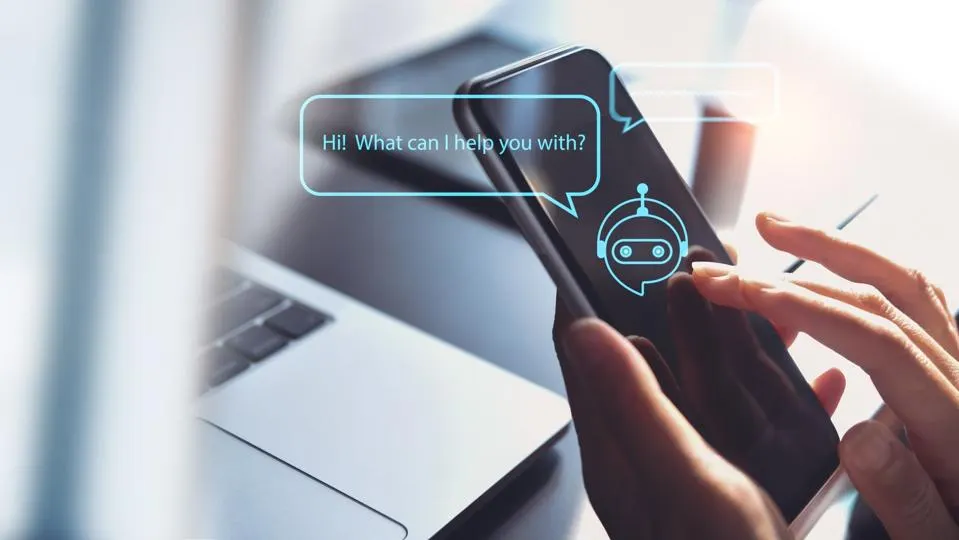
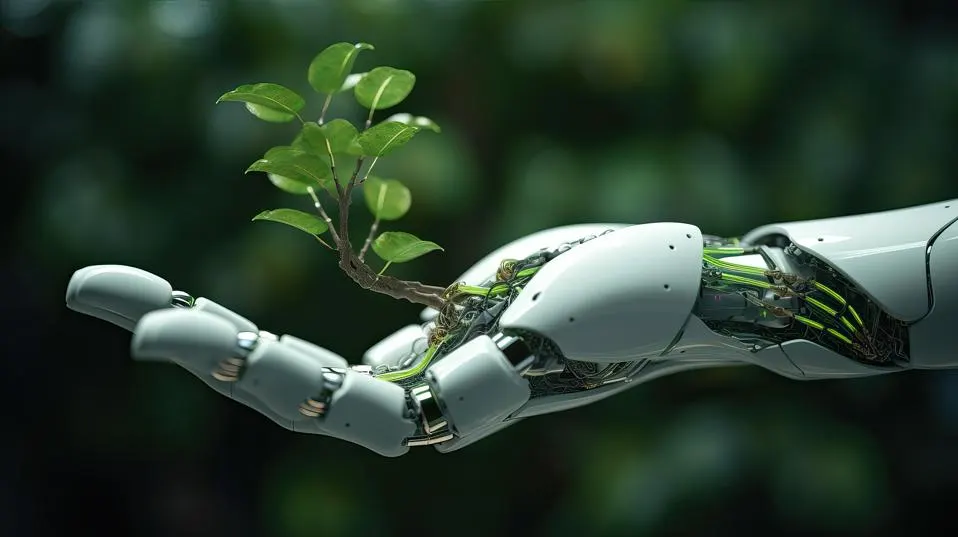
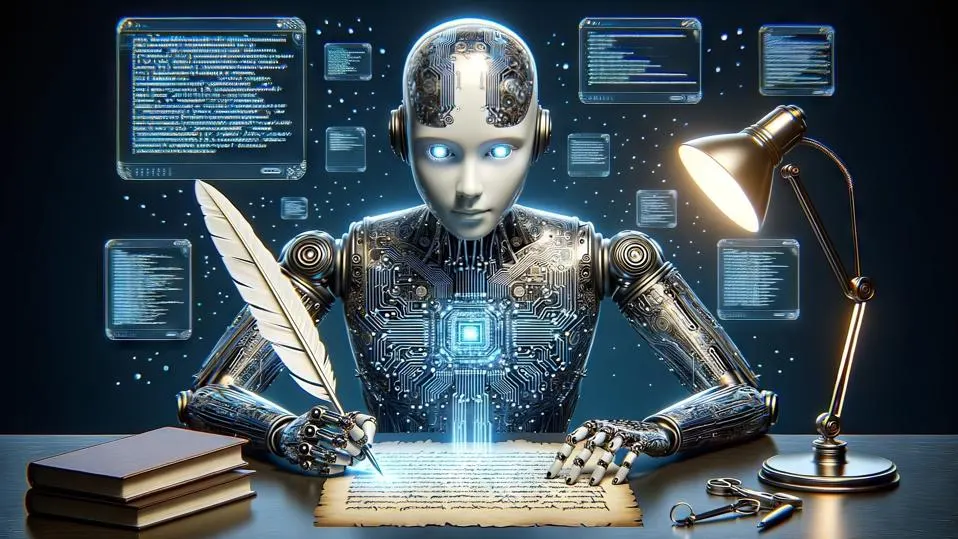
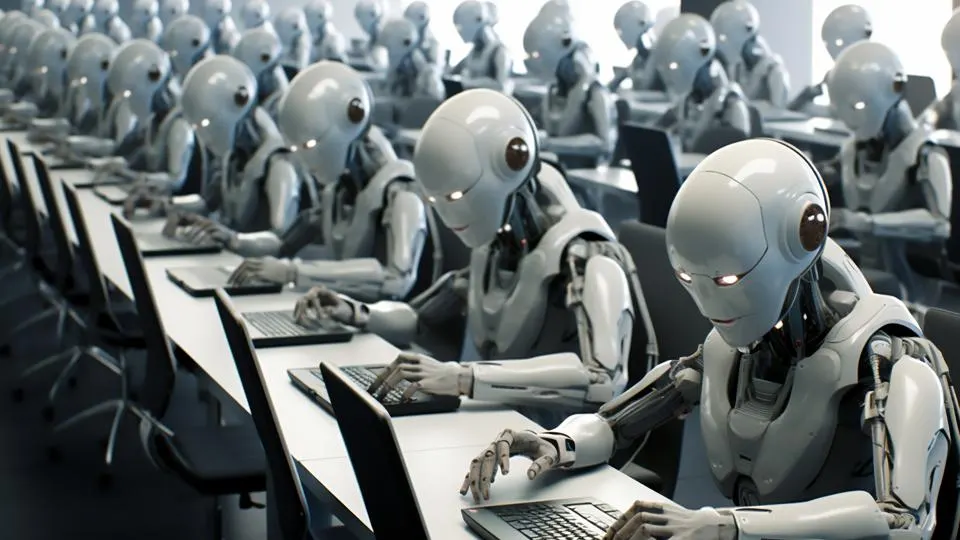
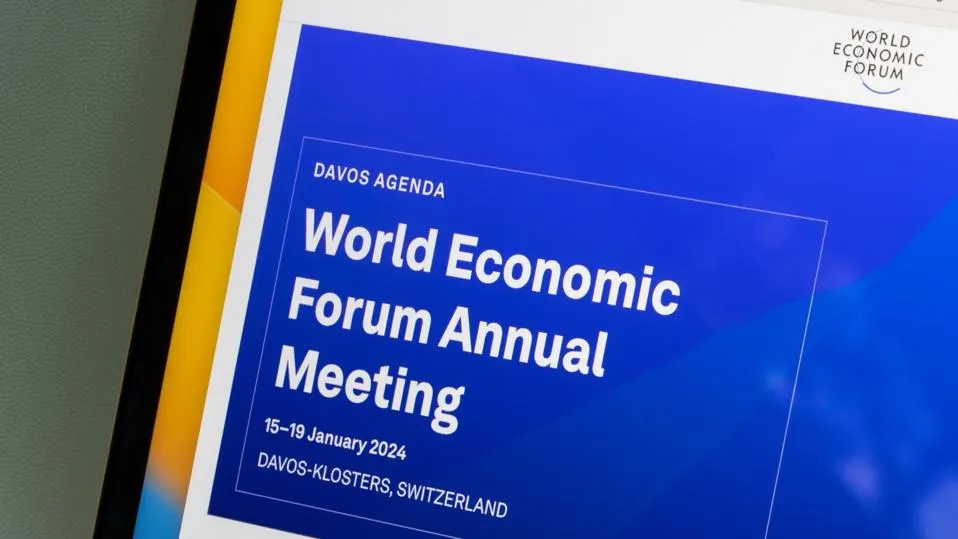
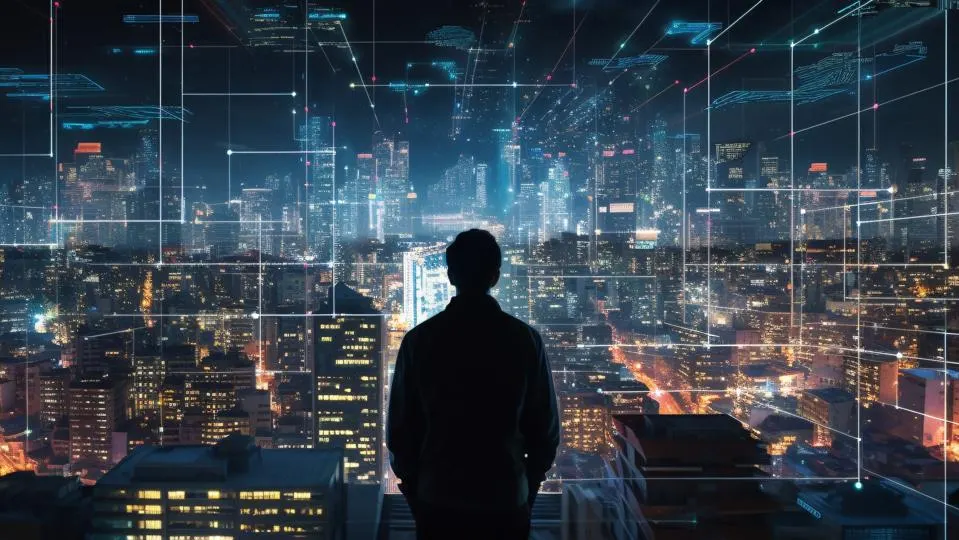
Social Media